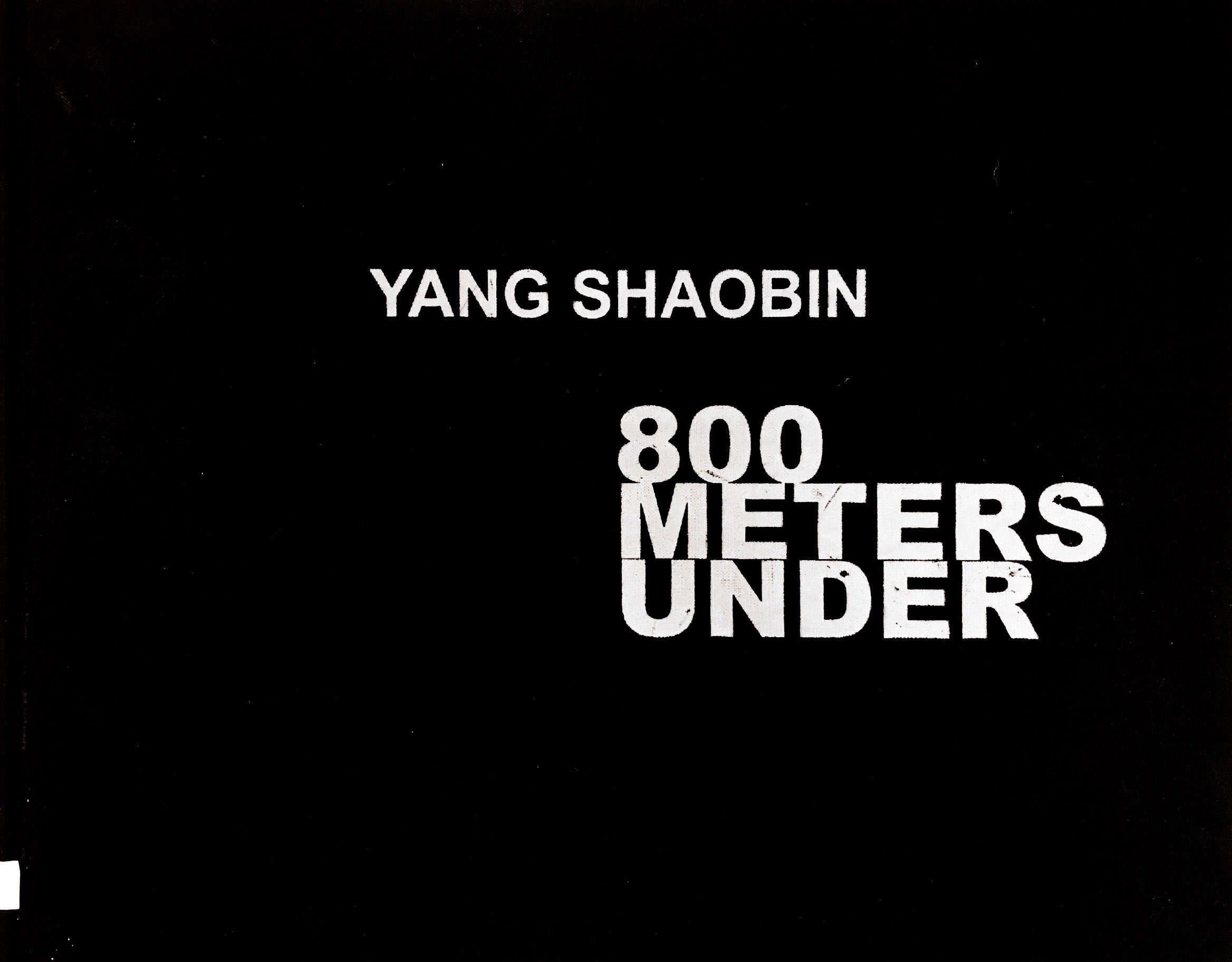PUBLICATION TAGS
Yang Shaobin: X-Blind Spot
Size: 266×335×20mm
Pages: 132
First Printing Time: 2006
Press: Beijing: Long March Project, New York: Long March Foundation
Bound book/Paperback: Bound book
As part of the Long March Project, this catalogue is published on the occasion of the “800 Meters Under – Yang Shaobin Solo Exhibition” (9-10.2006) at the Long March Space, Beijing. Immersing themselves into the coal mining world for more than two years, Yang Shaobin and the Long March team focused on the Tangshan coal mining districts and experience the miners’ life. This publication contains not only illustrations of Yang Shaobin’s compelling artistic realization through a range of oil paintings, installations, and videos, but also the curatorial notes of this exhibition and commentaries, showing his continuous concern of the living condition of humankind. Yang Shaobin uses his own body and experiences as a starting point to examine the relationships between China and the West, revolutionary memory and historical memory, and industrial and rural society. He seeks to identify and examine the actual remnants and persistence of collective socialist memory from the new period, and the site of historical development and borders of humanity.
Please contact us for details and purchasing through press@longmarchspace.com.

As part of the Long March Project, this catalogue is published on the occasion of the “800 Meters Under – Yang Shaobin Solo Exhibition” (9-10.2006) at the Long March Space, Beijing. Immersing themselves into the coal mining world for more than two years, Yang Shaobin and the Long March team focused on the Tangshan coal mining districts and experience the miners’ life. This publication contains not only illustrations of Yang Shaobin’s compelling artistic realization through a range of oil paintings, installations, and videos, but also the curatorial notes of this exhibition and commentaries, showing his continuous concern of the living condition of humankind. Yang Shaobin uses his own body and experiences as a starting point to examine the relationships between China and the West, revolutionary memory and historical memory, and industrial and rural society. He seeks to identify and examine the actual remnants and persistence of collective socialist memory from the new period, and the site of historical development and borders of humanity.
Please contact us for details and purchasing through press@longmarchspace.com.

